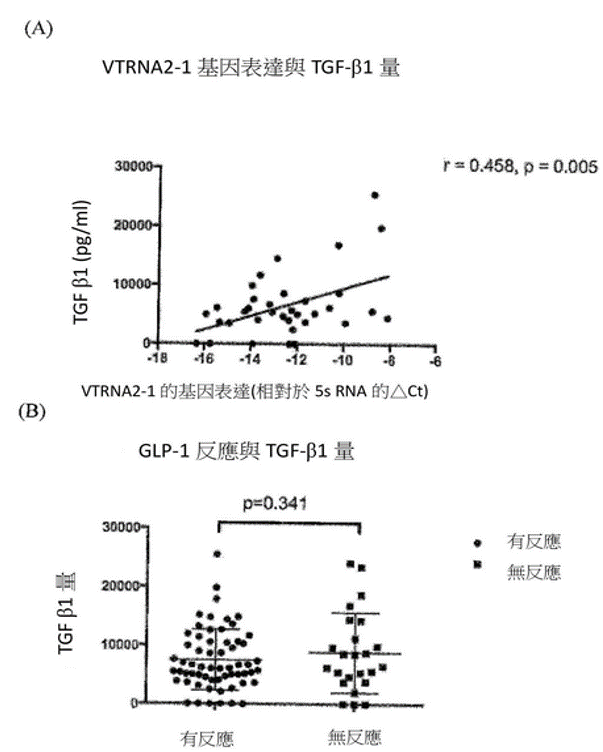Introduction
The relationship between genetic polymorphisms in the glucagon-like peptide-1 (GLP-1) receptor (GLP1R) gene and unresponsiveness to GLP-1 analog therapy in control type 2 diabetes (DM) patients is unclear. A target gene, vtRNA2-1, near a differentially methylated region (DMR), showed allele-specific expression between responders and non-responders to GLP-1 analogues. Before any diabetic patient takes GLP-1 analogue diabetes drugs, just one drop of blood can be used for rapid screening purposes, thereby selecting potentially effective patients for use, improving clinical treatment effects, reducing unnecessary medical expenses, and reducing possible side effects of the drug. GLP-1 analogue treatment is expensive, and this patented technology can also be used to screen suitable patients to achieve the purpose of personalized medicine.
Features / strengths
The relationship between genetic polymorphisms in the glucagon-like peptide-1 (GLP-1) receptor (GLP1R) gene and unresponsiveness to GLP-1 analog therapy in control type 2 diabetes (DM) patients is unclear. A target gene, vtRNA2-1, near a differentially methylated region (DMR), showed allele-specific expression between responders and non-responders to GLP-1 analogues. Before any diabetic patient takes GLP-1 analogue diabetes drugs, just one drop of blood can be used for rapid screening purposes, thereby selecting potentially effective patients for use, improving clinical treatment effects, reducing unnecessary medical expenses, and reducing possible side effects of the drug. GLP-1 analogue treatment is expensive, and this patented technology can also be used to screen suitable patients to achieve the purpose of personalized medicine.
Specification in detail
Intellectual Property Office, MOEA
I755027




